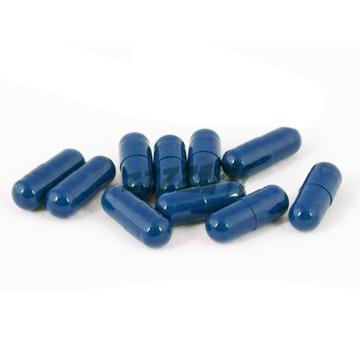5-MAPB: A Potent Benzofuran Research Chemical
What is 5-MAPB? 5-MAPB is a research chemical that belongs to the benzofuran class and is used in the laboratory for scientific research. It is similar to other products in the benzofuran class, such as 6-APB, but has unique properties that make it attractive to researchers.
History of 5-MAPB
5-MAPB was first synthesized in 1993 by David E. Nichols and his team of researchers. It was considered a potential drug for treating depression and anxiety disorders due to its ability to increase serotonin and dopamine levels in the brain. Since then, 5-MAPB has become a popular research chemical and is used in scientific studies worldwide.
Similar products from 5-MAPB
5-MAPB is similar to other benzofuran derivatives, such as 6-APB, 5-APB, and 5-EAPB. These compounds all have similar chemical structures and effects, but the dosage and duration of effects may differ.
Chemical Nomenclature of 5-MAPB
Chemically, 5-MAPB is a 1-(2,3-dihydro-1-benzofuran-5-yl)propan-2-amine. It has a molecular formula of C12H15NO and a molecular weight of 189.25 g/mol. 5-MAPB is a white crystalline powder that is soluble in water and organic solvents (HCl).
Hazard statement of 5-MAPB
5-MAPB is a potentially hazardous substance and should only be used by trained professionals in a controlled environment. It can lead to serious side effects when ingested, such as increased heart rate, high blood pressure, anxiety and hallucinations. It is therefore important to take proper safety precautions when handling this substance.
Suggestions for similar products from 5-MAPB
If you are interested in 5-MAPB, you may also consider exploring other benzofuran derivatives such as 6-APB, 5-APB, or 5-EAPB. These substances have similar properties and effects to 5-MAPB and may be suitable for your research purposes.
Conclusion
5-MAPB is a powerful research chemical that belongs to the benzofuran class and is used in scientific studies worldwide. It is similar to other products in the benzofuran class and has unique properties that make it attractive to researchers. It is available in powder, pellets and capsules and has a delivery time of 1-2 working days.




Reviews
There are no reviews yet.